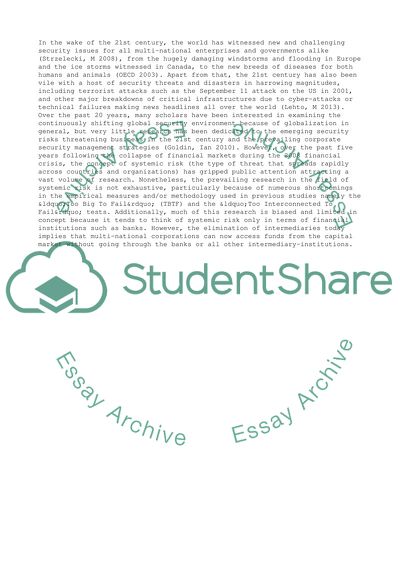Cite this document
(“The Creation of a Corporate Security Management Strategy: Research Paper”, n.d.)
The Creation of a Corporate Security Management Strategy: Research Paper. Retrieved from https://studentshare.org/management/1807025-research-methods-and-research-management-structured-literature-review
The Creation of a Corporate Security Management Strategy: Research Paper. Retrieved from https://studentshare.org/management/1807025-research-methods-and-research-management-structured-literature-review
(The Creation of a Corporate Security Management Strategy: Research Paper)
The Creation of a Corporate Security Management Strategy: Research Paper. https://studentshare.org/management/1807025-research-methods-and-research-management-structured-literature-review.
The Creation of a Corporate Security Management Strategy: Research Paper. https://studentshare.org/management/1807025-research-methods-and-research-management-structured-literature-review.
“The Creation of a Corporate Security Management Strategy: Research Paper”, n.d. https://studentshare.org/management/1807025-research-methods-and-research-management-structured-literature-review.


